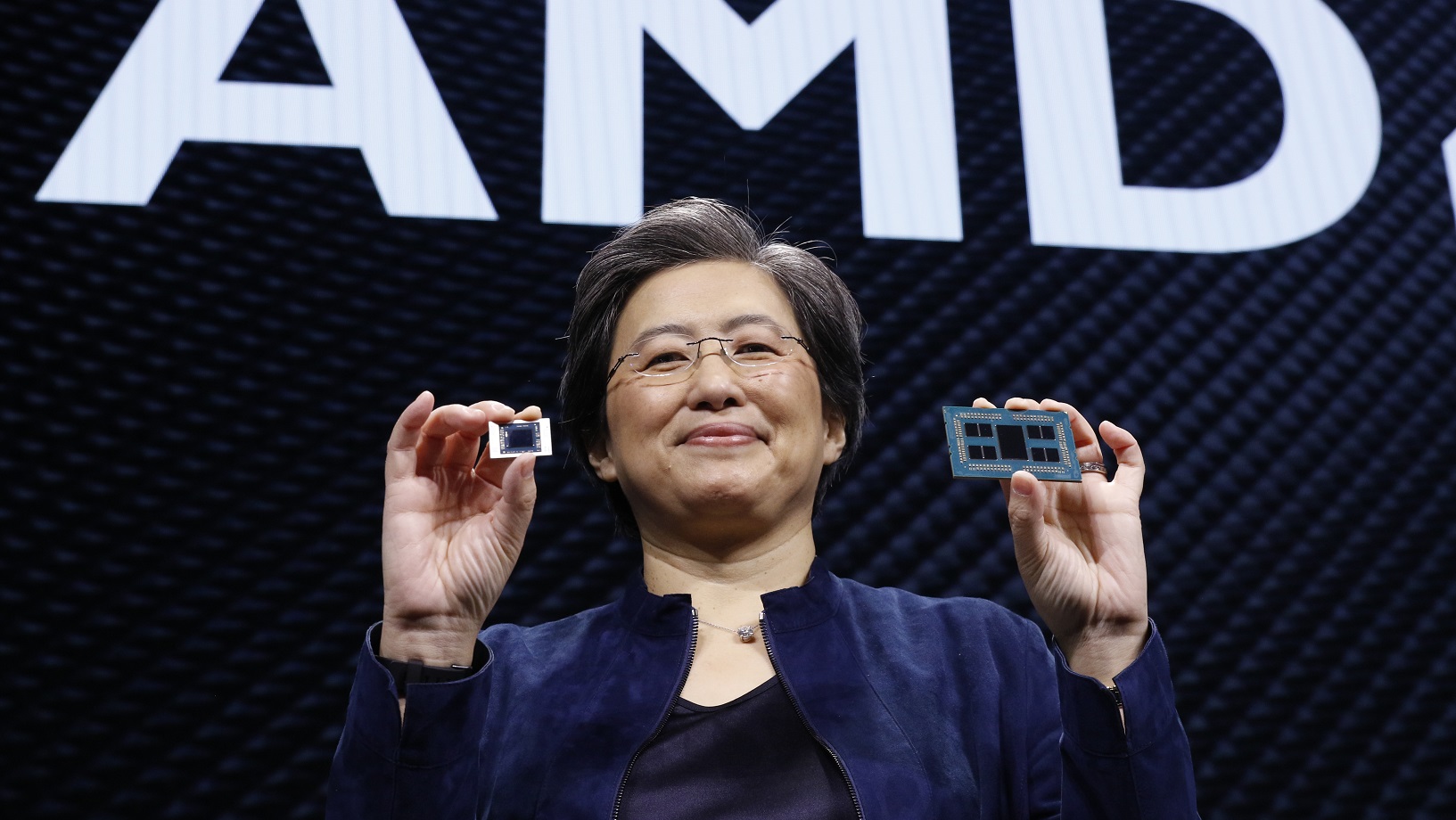Decoding AMD’s ‘strange’ tactics: The more gloomy the PC market, the more deliberately pushing fewer rows to achieve a goal
- Tram Ho
During a financial statement discussion with investors, Dr. Lisa Su – AMD’s chief executive officer revealed a special ‘tact’ that the company uses to keep the prices of its products, in the context of PC market sales are very dismal.
Accordingly, AMD has moved to limit the release of CPU and GPU shipments in the past 2 quarters. In other words, AMD has ‘deliberately’ limited its chip supply and plans to continue to do so in the next quarter, according to Wccftech.
Less demand, the more AMD reduces the supply to keep the price
Usually, when user demand decreases, hardware manufacturers will conduct price reductions to stimulate demand. In this case, AMD may reduce the price of CPU and GPU to increase competitiveness thanks to the good performance / cost factor. Lowering prices will certainly reduce profits, but will help reduce inventory burden.
However, AMD is doing the opposite. According to CEO Lisa Su, AMD is trying its best to limit supply so that the typical supply-demand problem becomes more balanced. When supply is higher than demand, the price of the product will decrease. Conversely, when demand is higher than supply, the price of the product will increase.

AMD CEO Lisa Su confirmed that the company will continue to reduce the number of CPUs and GPUs pushed to the market in the first quarter of 2023, and expects sales to recover in the second quarter and second half of 2023. Internet
As a result, the number of GPUs (and CPUs) put on the market by AMD is still slightly lower than the needs of users, while the selling price remains the same and shows no signs of decreasing, according to PC Gamer’s comment. . As such, AMD accepts to keep a large amount of inventory to ensure it still earns a high profit margin for each product sold in the market.
According to PC Gamer, the AMD head’s statement helps explain exactly how and why AMD’s (and possibly NVIDIA’s) graphics card prices remain so high, despite the slowing world economy. in a recession, demand from crypto miners disappears and all other factors contribute to much lower user demand.
Of course, users can hardly criticize AMD when it has done the right things to stay profitable. The major chip manufacturers themselves often use these types of inventory management techniques to maintain an optimal balance between supply and demand.
The whole PC market is going down, a series of hardware giants are affected
Earlier, in its financial report, the sales of AMD’s server chip line gave the Red Team a resounding victory over rival Intel. However, the opposite situation occurs in the CPU segment for PCs, as well as AMD’s graphics cards.
Specifically, AMD’s CPU sales, including chips for PCs and laptops, fell 51%. AMD’s “gaming” segment fell 7%, although the company said sales of chips for game consoles, including Xbox, PS5 and Steam Deck, all increased. In other words, GPU sales at AMD’s PC business are pretty bad.
However, it should be added that this is a decline that happens to the whole market, and not just to AMD.
With the pandemic receding and inflation rising, few people are buying CPUs, GPUs, and other PC components. It’s a difficult and abrupt reversal from just a few months ago, when companies like Nvidia and AMD were making graphics cards as fast as they could to keep up with exploding demand from miners. electronics as well as PC gamers.
Now, the GPU bulk collection has stopped due to the plunging cryptocurrency market, while the warehouses of hardware manufacturers are packed with inventory due to no buyers. The same situation is happening with the CPU segment, when chip makers are all facing declining sales.
As for NVIDIA, the company also recently acknowledged a downturn with its GPU business two months ago, but didn’t reveal any recent details about whether they’re using the same push-down strategy. market like AMD or not.
Meanwhile, Intel has just decided to reduce the price of Intel’s 12th generation Alder Lake architecture CPUs by up to 20%, including top Core i9 models. This is considered a reversal, when Intel has just decided to increase the selling price of CPUs by 10% in January.
The reason for this price drop is that Intel has a sizable amount of inventory, worth $13.2 billion, equivalent to about 151 days of inventory. Intel experts themselves also said that they are difficult to predict the situation of chip consumption and do not know exactly when the market will be positive again.
Refer to Wccftech
Source : Genk
